Technogym Q&A | Physical Activity as Pillar of Healthy Longevity
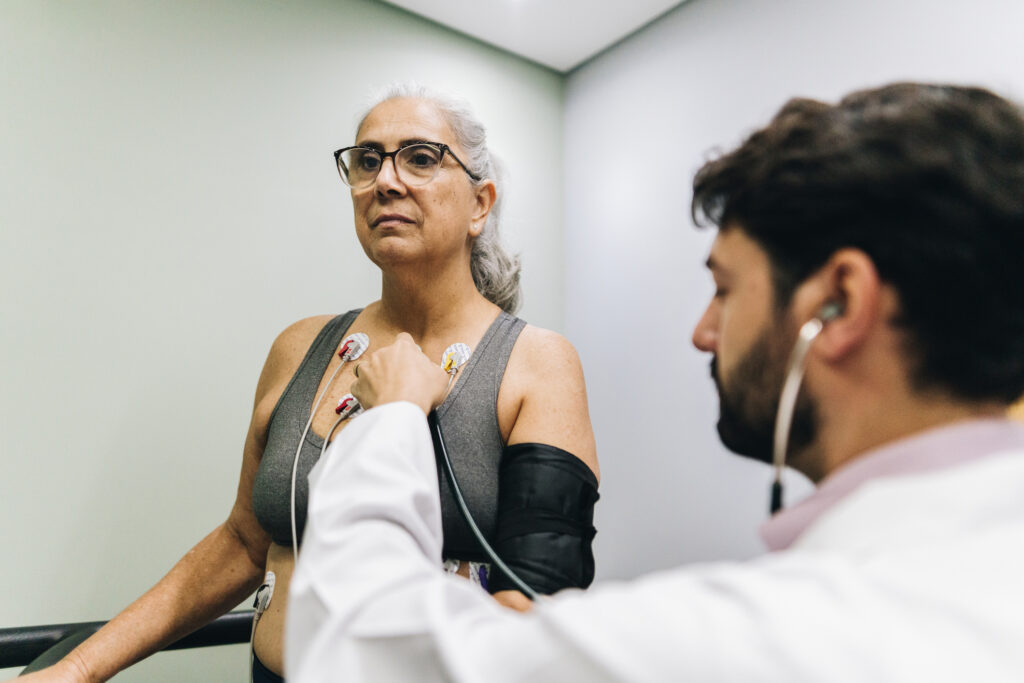
Miss the webinar? Access the Recording Here In the pursuit of a longer and healthier life, it’s essential to focus on both the quantity and quality of the years we live. Healthy longevity—free from chronic diseases—requires attention to both morbidity and mortality. This approach offers valuable insights for health professionals, the public, and policymakers alike, […]
ACSM and EIM: Developing a Network of Trusted Exercise Professionals

Individuals seeking expert guidance in becoming physically active face a marketplace full of exercise professionals with certifications from several reputable, and sometimes not-so-reputable, organizations. With so many exercise certifications available in the U.S. market, there is often widespread confusion as to who are trusted sources of expert guidance. The American College of Sports Medicine(ACSM) has […]
Reducing Heart Disease Risk for Young and Middle-Aged African Americans

In the U.S., the death rate for African Americans with heart disease is declining. However, more than 100,000 African Americans continue to die each year from cardiovascular disease and retain a significantly higher death rate than any other racial group. A January 2022 report from the Office of Minority Health noted that approximately 57% of African Americans have […]
Doing What We Mean to Do: Following Through with Fitness Goals
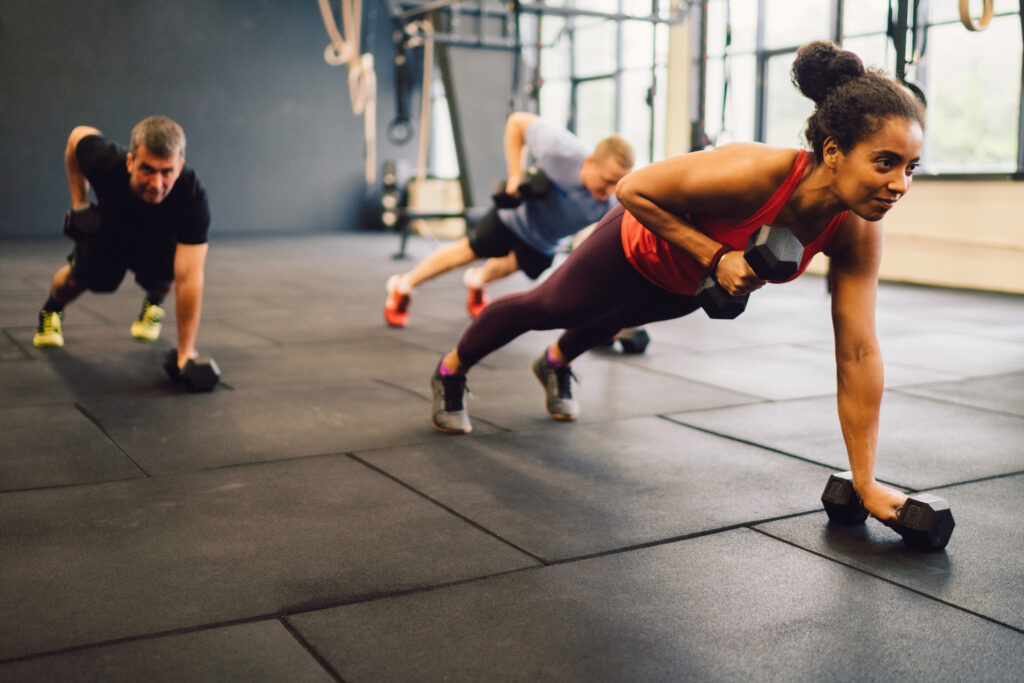
As February comes to a close, I have to ask — have you kept up with your fitness resolutions? We’re in the period where people tend to fall off, after all. If you’re reading this, you’re probably not the kind of person who needs to make a New Years’ resolution to get in shape. But […]
Fitness Trends 2024: A Guiding Light for the Year Ahead
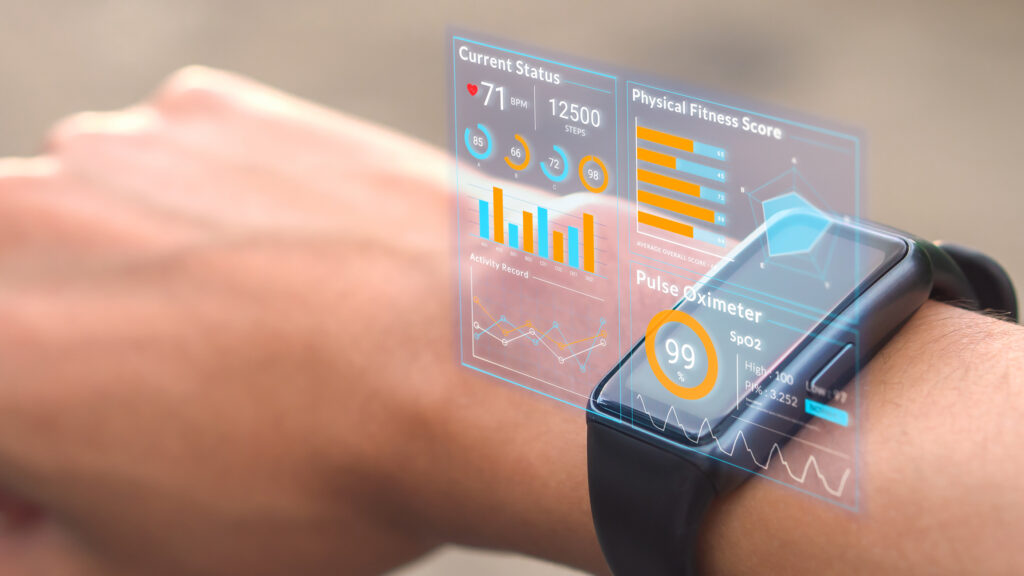
As we brush the dust of 2023 from our shoulders and look around, wondering what the heck we should be doing with ourselves in ’24, a beacon appears: On Jan. 2, ACSM released the results of the 2024 Worldwide Fitness Trends: Future Directions of the Health and Fitness Industry survey, and we picked up on […]
Why Checking the Box to Exercise isn’t Sufficient for Your Health
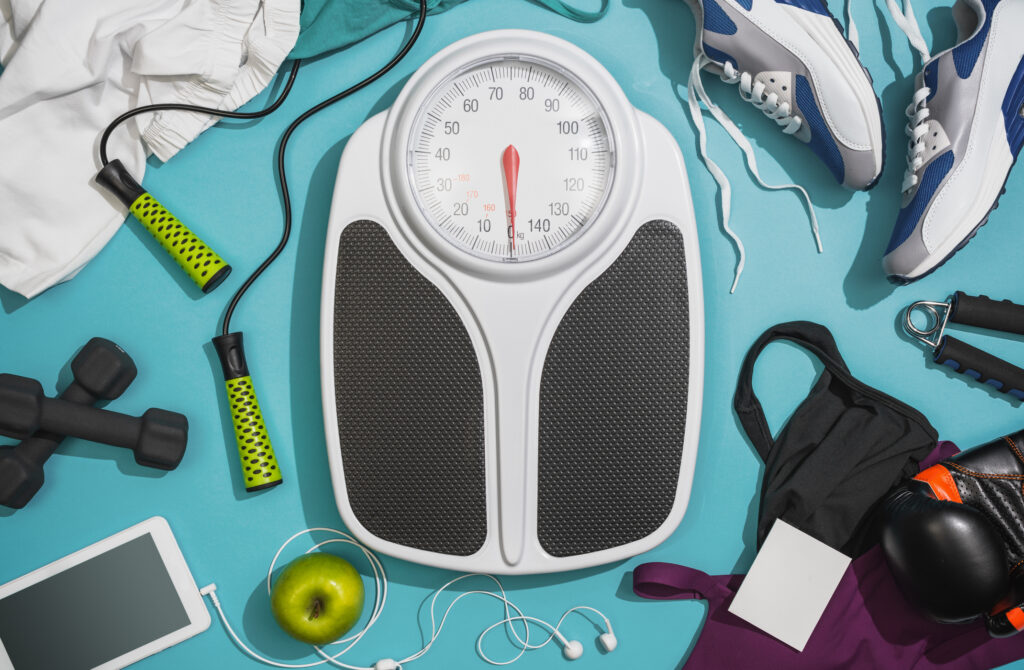
Scenario: The sound of an alarm wakes you up at 6:30 a.m. to start your day. Upon waking up, you decide to go for a jog at the local park, but you are restricted to 30 minutes because of a work meeting scheduled for 8:30 at the office. After exercising, you sit down to pour […]
Breathe Easier | Smoking Cessation Resources for Better Health

Updated November 2025 Only 20 minutes after your last cigarette, your heart rate and blood pressure begin to drop. Within a few days, the carbon monoxide level in your blood drops to a normal rate. After a few weeks your circulation and lung function improve, and after a year your risk of heart attack drops significantly. […]
The Built Environment and Physical Activity
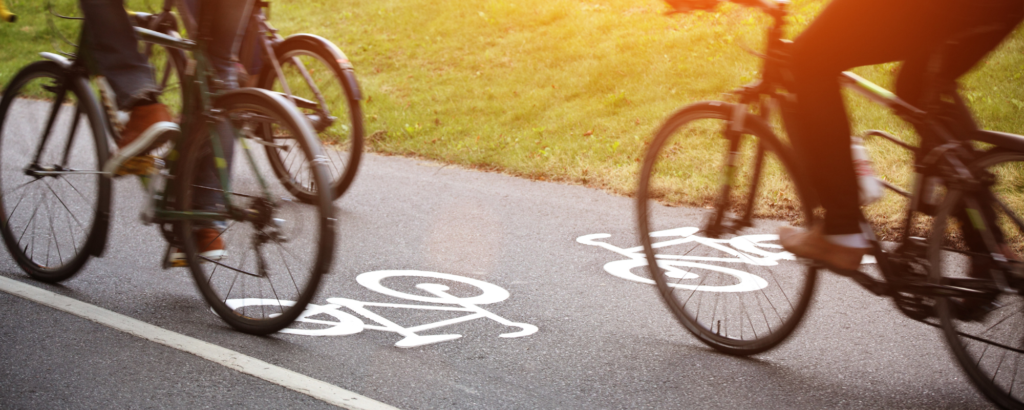
It has been well-established that physical activity and/or exercise can help to reduce the risk of chronic diseases such as obesity, diabetes, cancer and cardiovascular disease. To reap these benefits, we only need to accumulate 150 minutes per week of physical activity1. That means that you can be physically active for as little as 10 […]
Urban green spaces: A “green third place” to promote community
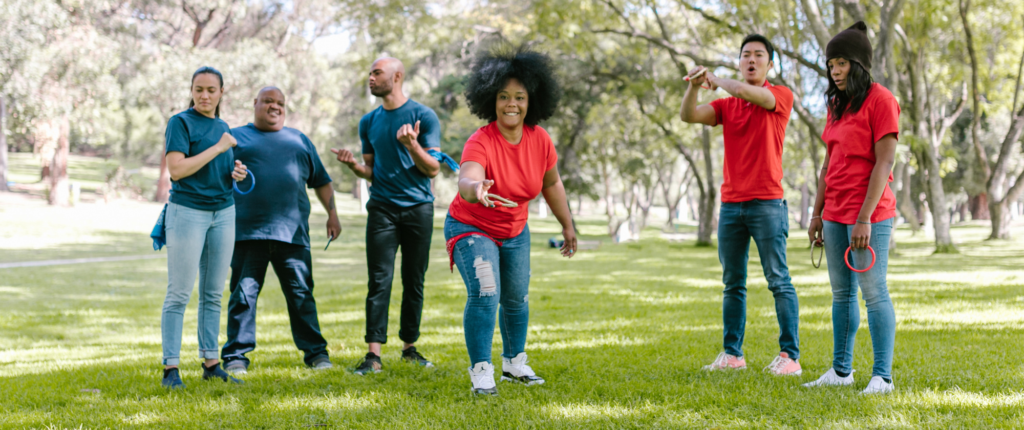
I love my local public green spaces. I have two (a town park and a nearby school) within easy walking/biking distance from home. We see friends and acquaintances regularly when at the playground, swimming in the river or attending community events like concerts, fairs or athletic competitions. It is wonderful to connect with your neighbors and […]
Physical Activity Guidelines Midcourse Report: A Q&A with Federal Lead Katrina Piercy, PhD, FACSM

Dr. Katrina Piercy, FACSM, is the director of the Division of Prevention Science within the U.S. Department of Health and Human Services’ (HHS) Office of Disease Prevention and Health Promotion (ODPHP), having taken on the role in January 2022. Piercy earned a Ph.D. in exercise physiology and nutrition from Virginia Tech (in the department now […]
